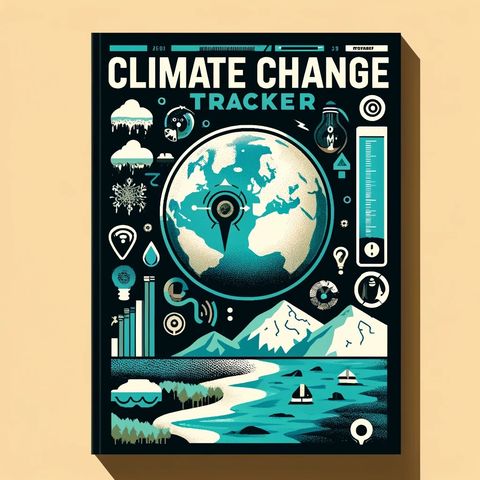Cities Brace as Sea Levels Rise at Alarming Rate

Sign up for free
Listen to this episode and many more. Enjoy the best podcasts on Spreaker!
Download and listen anywhere
Download your favorite episodes and enjoy them, wherever you are! Sign up or log in now to access offline listening.
Description
The marine ecosystems along the Pacific coast have experienced significant shifts in biodiversity and population dynamics over a recent 15-year period, concluding in 2020. This period was marked by extreme...
show moreThe marine heatwave, often referred to as “The Blob,” was a phenomenon that began around 2013 and persisted for several years, elevating sea temperatures significantly above normal levels. The anomalously warm water affected numerous species, from plankton to larger marine mammals, altering food chains and habitat ranges. The heatwave was notably devastating for coral reefs and kelp forests, both of which are critical habitats for a diverse array of marine life.
Compounding the stress on the ecosystem was the outbreak of sea star wasting disease, a condition that led to mass die-offs of various sea star species. This disease causes sea stars to develop lesions, lose limbs, and eventually disintegrate into a white mucus. Sea stars play a crucial role as keystone predators in marine environments, particularly in managing the population of herbivorous species that feed on kelp. The decline of sea stars has hastened the deterioration of kelp forests, further destabilizing the ecosystem.
The confluence of unusually warm waters due to the marine heatwave and the rapid decline in sea star populations during the wasting disease epidemic has facilitated shifts in the ecological community structure. Species that typically thrived under cooler conditions or depended on the presence of kelp forests and sea stars have been particularly affected. In their place, other species more tolerant of warmer waters or those less reliant on these disrupted relationships are starting to dominate.
Scientists are particularly concerned about the long-term impacts of these changes. They underscore the importance of understanding how climate change, manifesting in phenomena like marine heatwaves, is influencing disease dynamics and species interactions in marine ecosystems. The findings from studies conducted over this 15-year period provide critical insights into the resilience and adaptability of marine life under climatic stresses.
As the global climate continues to warm, episodes such as the marine heatwave and disease outbreaks like the sea star wasting syndrome could become more frequent and severe. This could potentially lead to irreversible changes, affecting biodiversity and the overall health of marine ecosystems. Researchers emphasize the need for comprehensive climate action plans that include protecting vulnerable marine environments through conservation efforts and sustainable management practices.
This ongoing transition in marine biodiversity underscores the broader environmental challenges posed by climate change and raises urgent questions about the future of our planet's oceans. The Pacific coast’s recent ecological upheavals serve as a stark reminder of the pressing need to address global warming and protect marine life against its increasingly visible impacts.
Information
| Author | QP3 |
| Organization | William Corbin |
| Website | - |
| Tags |
Copyright 2024 - Spreaker Inc. an iHeartMedia Company
